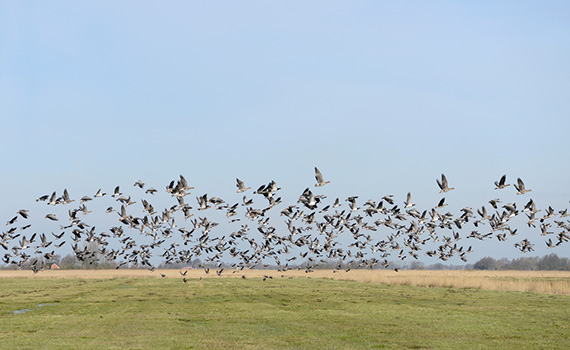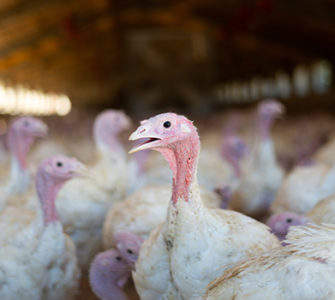Research: Highly pathogenic AI does not persist in wild birds
While the H5 avian influenza A virus that devastated some Midwestern poultry farms in 2014 to 2015 was initially spread by migratory waterfowl, evidence now suggests that highly pathogenic flu viruses do not persist in wild birds.
Investigators analyzed throat swabs and other biological samples obtained from more than 22,800 wild ducks and other aquatic birds collected before, during and after the outbreak. Sampling was conducted in Canada, the Mississippi flyway and along the US Atlantic coast, reports St. Jude Children’s Research Hospital, which led the research.1
None of the migratory birds included in this analysis were infected with highly pathogenic avian influenza, according to the study, published in the Proceedings of the National Academy of Sciences.2
The cause of the 2014-2015 outbreak was linked to a highly pathogenic H5N8 influenza A virus that spread from Asia to North America by migratory waterfowl. The H5N8 virus mixed genes with other flu viruses in North American waterfowl, leading to the outbreaks in domestic turkey and chicken flocks in the US and Canada.
Wild ducks and other aquatic birds are known to be natural hosts for low-pathogenic avian flu viruses that cause milder symptoms, but they may have existing immunity that helps prevent highly pathogenic flu viruses from becoming established.
“The findings provide a scientific basis for the decision by officials to use culling and quarantines to stop the 2014-2015 outbreak in domestic poultry,” said corresponding author Robert Webster, PhD, a St. Jude Department of Infectious Diseases emeritus.
“Now, research is needed to identify the mechanism that has evolved in these wild birds to disrupt the perpetuation of highly pathogenic influenza,” he added.
1Evidence suggests migratory birds are not a reservoir for highly pathogenic flu viruses. St. Jude Children’s Research Hospital. July 25, 2016.
2Krauss S, et al. The enigma of the apparent disappearance of Eurasian highly pathogenic H5 clade 2.3.4.4. influenza A viruses in North American waterfowl. Proc Natl Acad Sci USA. 2016 Aug 9;113(32):9033-8.
Posted on January 25, 2017

















